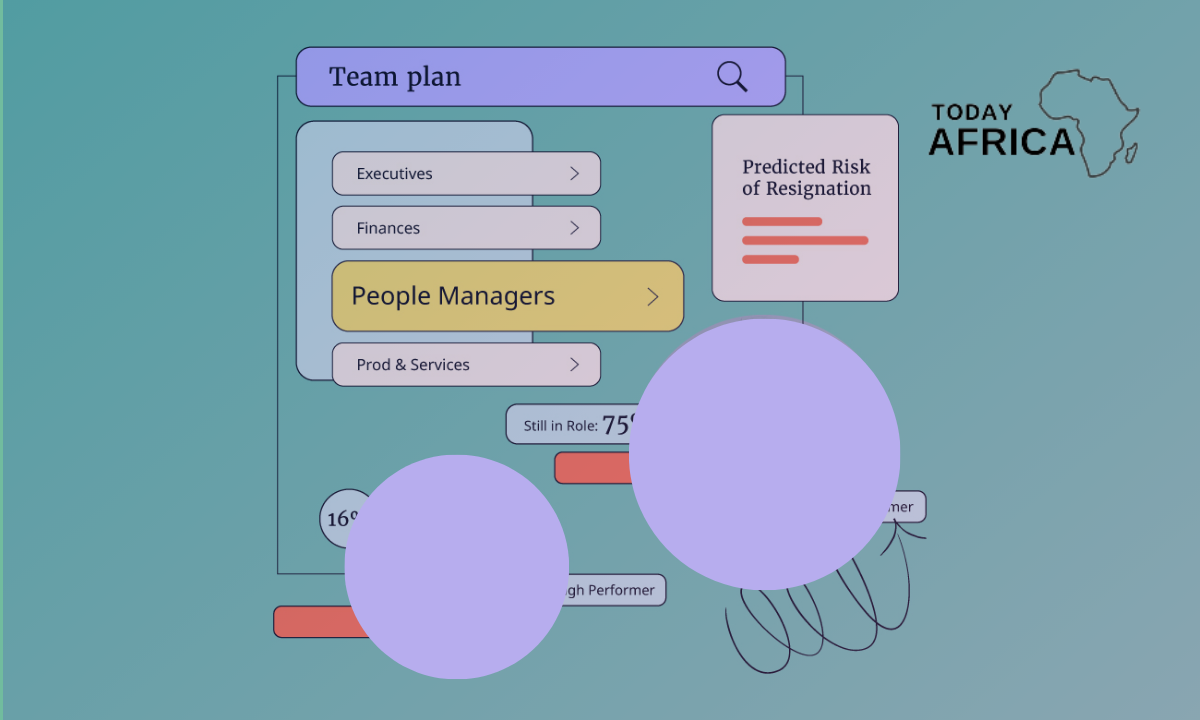Virtual recruiting has evolved from a novelty to a necessity for recruiters.
During the Covid-19 pandemic, it boomed as it provided skilled talent to get a job and start remotely.
Prompting talent acquisition professionals and recruiters to start adapting virtual recruiting to hire potential candidates without losing their time and money too much in the process.
Now, suddenly a question pops up in your mind: What is virtual recruiting, and how can recruiters implement it to reap the maximum benefits of this process?
What is Virtual Recruiting?
Virtual recruiting is a talent acquisition process that takes place entirely over the internet, enabling recruiters to attract, meet, vet, and hire candidates without necessarily meeting face to face.
This process can be accomplished effectively by using various online tools and technology to understand a candidate’s abilities and personality.
6-Steps Strategies of Virtual Recruiting
1. Acquire the essential technology to do virtual hiring
Before executing virtual hiring, you must enlist talent acquisition tools to conduct this process effectively. You will use emailing and video-interview tools generally.
To make it more efficient, you need to employ other tech-friendly tools to ease the process and maintain a good candidate experience.
2. Strategic virtual events for job advertising are vital
Conduct virtual events using virtual phone systems which are informative and educational, an event, which adds value to your audience (Job seekers).
Display the company’s highest value and excellent work culture by showing your current employee talking about it.
The hiring team can also discuss how the company started and grew over the years in these virtual events.
Demonstrate how interested candidates can apply for the job and provide information about the procedure of the recruitment stages and at the end of the virtual session, do a Q&A.
Read: How to Become a Virtual Recruiter
3. Online assessment test and voice-call interview
By taking assessment tests of registered applicants, you can examine the candidates’ technical skills to better understand their weaknesses and strengths.
These days numerous online tools are available in the market. For instance:
- Adaface is an AI-based testing tool for software roles
- Highmatch evaluates applicants’ personalities, cognitive aptitude, and situational behaviour
Moreover, by interviewing candidates over voice calls, you can measure communication skills, as it is an essential skill to grow as an individual.
4. Conduct face-to-face video interviews
Divide this stage into two parts:
- The first will be a technical interview round to measure the crucial skills needed for the role.
- The second will be an HR round to check the face-to-face communication and ethics of the candidate.
Recruiters conduct a one-way video interview where candidates record their answers. Later, you can evaluate those answers.
Your recruiters and hiring teams can use online facilities (such as Qualifi) to speed up the process, automate scheduled interviews, provide additional time to source the right candidate and focus on more critical tasks.
5. Feedback response and onboarding
You must ensure that every candidate (either selected or rejected) gets feedback on their application status.
It is essential for the company’s reputation and increases positive candidate experience.
Afterward, your recruiters can start the virtual onboarding process by collecting the essential documents, verifying them, sending them welcome mail, and communicating about the training they will undergo.
6. Legal concerns to keep in mind while virtual recruiting
You need to confirm that the virtual hiring process is unbiased and has a neutral stance for each applicant.
Also, ensure that you are maintaining the legal hiring process by following EEOC guidelines and equality acts.
Maintaining a legal hiring process indicates that you evaluate applicants solely based on their qualifications and required skills.
The process must be fair to every candidate applying, so you must ensure that your team follows non-discriminate practices while hiring online.
You also must be aware of legal recruitment concerns of various countries, so you follow that particular country’s local labour and privacy laws during virtual hiring.
Advantages of Virtual Recruiting
1. Expanded talent pool
Virtual recruiting opens up a wealth of opportunities by giving recruiters access to a broader talent pool. Geographical constraints no longer limit the search for top talent.
This allows them to source candidates from different cities, countries, or even continents, ensuring a diverse and highly skilled candidate pool.
2. Time and cost savings
Gone are the days of organizing multiple in-person interviews and covering travel expenses for candidates.
Virtual recruiting saves valuable time and reduces costs associated with traditional recruiting methods.
So you can conduct initial screenings and interviews remotely, eliminating the need for extensive travel and accommodation arrangements.
3. Enhanced efficiency
It streamlines the hiring process by leveraging technology.
From video interviews to online assessments and collaboration tools, your can efficiently evaluate candidates’ skills, experience, and cultural fit.
This streamlined approach reduces administrative burdens and allows you to focus on selecting the most qualified candidates.
4. Improved diversity and inclusion
By breaking down geographical barriers, virtual recruiting promotes diversity and inclusion in the workforce.
Organizations can attract talent from various backgrounds, cultures, and perspectives, building a more inclusive work environment.
It also supports individuals with disabilities or caregiving responsibilities, providing them with equal opportunities to showcase their skills.
5. Flexibility and adaptability
The rise of remote work has made virtual recruiting a necessity for organizations seeking to attract and retain top talent.
Virtual recruitment strategies demonstrate your organization’s adaptability and commitment to meeting candidates’ changing expectations.
It allows you to tap into a global talent pool and build geographically dispersed teams that can collaborate seamlessly.
Overcoming Virtual Recruiting Challenges
While virtual recruiting offers numerous advantages, it also presents unique challenges.
It is crucial for you to address these challenges to ensure a successful virtual recruitment process.
1. Building personal connections
Virtual recruiting requires extra effort to establish personal connections with candidates.
Use video interviews, interactive assessments, and personalized communications to create a human touch in a digital environment.
So investing time in building relationships can help attract and retain top talent.
2. Assessing soft skills
Evaluating soft skills, such as communication, teamwork, and adaptability, can be more challenging in a virtual setting.
The best way is to incorporate interactive exercises, case studies, or role plays to assess candidates’ soft skills effectively.
This will be done by leveraging technology and innovative assessment methods to provide valuable insights into a candidate’s abilities.
3. Ensuring data security
As virtual recruiting involves the exchange of sensitive candidate information, you must prioritize data security and privacy.
Implement robust cybersecurity measures, train your recruiters on data protection protocols, and use secure online platforms to safeguard candidate data throughout the recruitment process.
4. Managing communication and collaboration
Leveraging collaboration tools, project management software, and clear communication channels will ensure seamless coordination and avoid misunderstandings during the recruitment process.
Best Practices for Virtual Recruiting
To optimize your virtual recruiting efforts, consider the following best practices:
- Leverage video interviews to create a personal connection and assess candidates’ non-verbal communication.
- Use virtual assessment tools to evaluate technical skills, problem-solving abilities, and cultural fit.
- Promote your company’s remote work policies and emphasize the benefits of a flexible work environment.
- Provide clear instructions and expectations to candidates regarding the virtual recruitment process.
- Establish a well-defined onboarding process to integrate new hires smoothly into remote teams.
- Continuously assess and adapt your virtual recruiting strategies based on feedback and data analysis.
Conclusion
Virtual recruiting is transforming the way organizations source and hire talent.
Embracing this digital shift offers numerous benefits, including an expanded talent pool, time and cost savings, improved diversity, and increased flexibility.
By overcoming the challenges and implementing best practices, companies can unlock the full potential of virtual recruiting, ensuring they attract and retain the best candidates in today’s digital age.
References:
https://www.ismartrecruit.com/
















